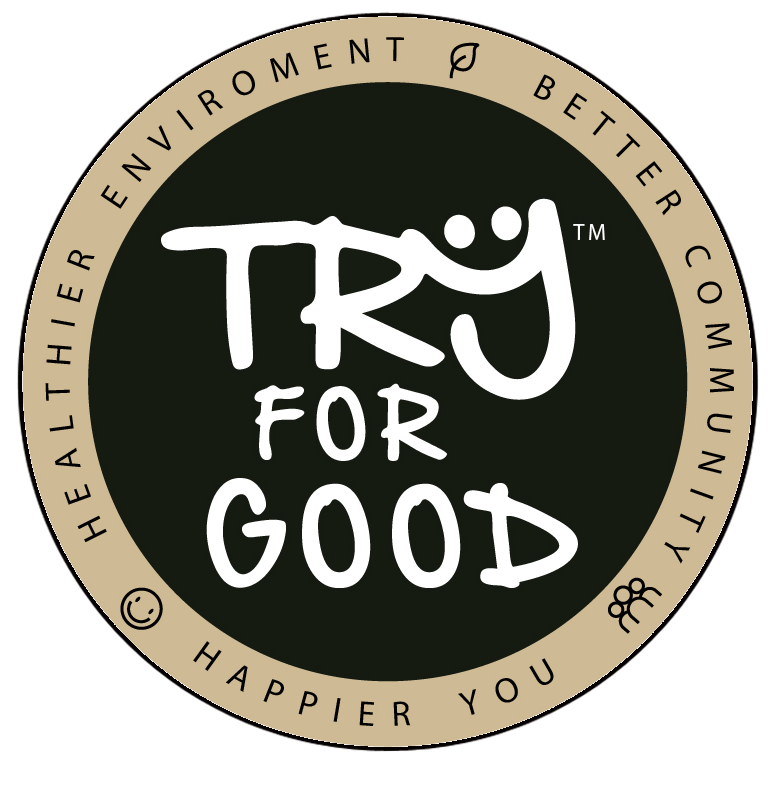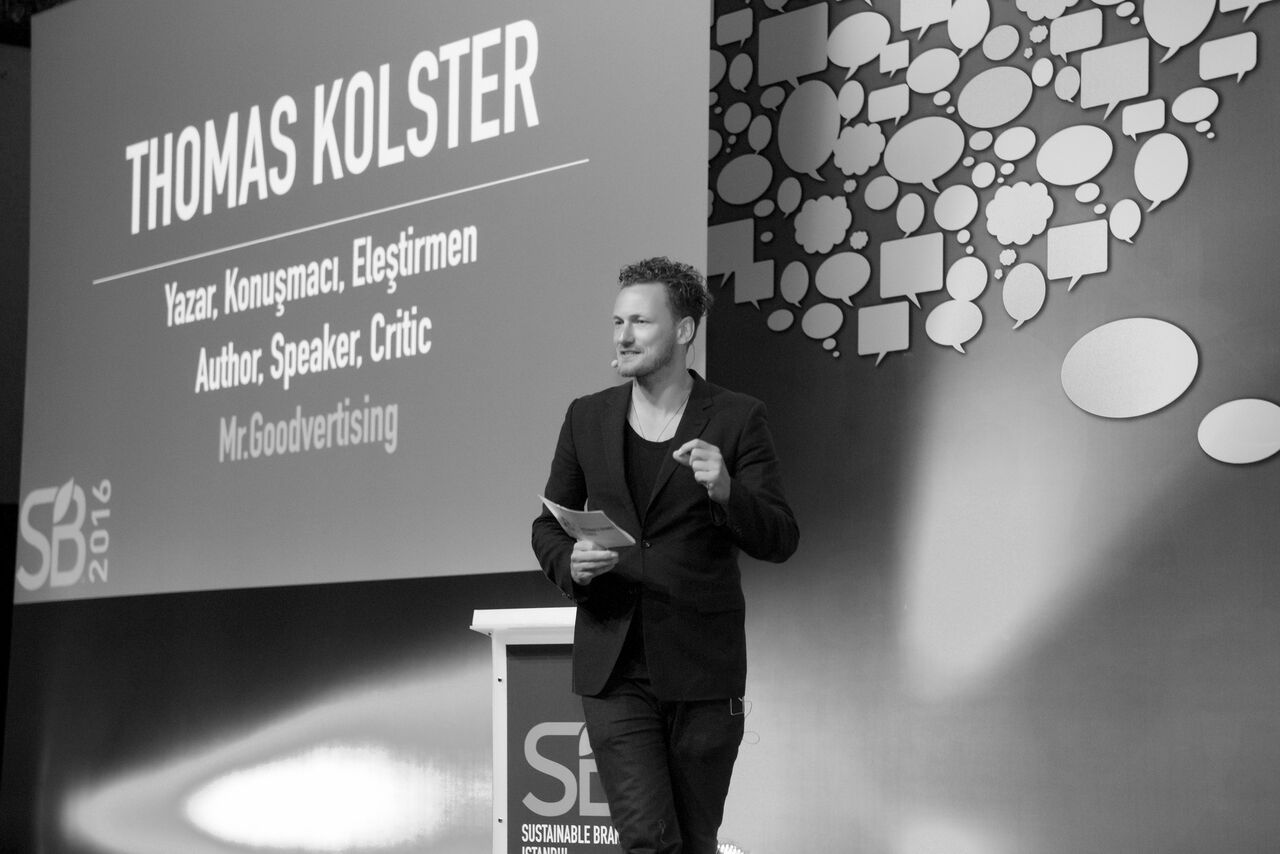
Anju: Father of Goodvertising. Wow! It sounds something so right, may be it should have been there right from the beginning. So how and when did you come up with the idea of “Goodvertising?”
Thomas: My journey started when I was really frustrated with my career in advertising. I didn’t feel that I was adding any more value. I just felt that our industry is moving by just keep pushing some shit. On the other hand, I felt that there is something important that we need to address. The big moment was in one of those Copenhagen summits for the climate change, where world leaders from the Government would come and have a say. But to a great extent, I felt that nothing would happen if people like us do not realize it and take some action for it.
I knew the power of brand savvy people and so I knew that “It’s us who can make the shift”. I wrote the book mostly to kind of rally cry for the advertising industry that we should go in a different direction and showcase examples that could inspire people.
The thing that I never thought about that the whole sustainability community and the marketers will receive the book with a great enthusiasm and appreciation. They found it to be an interesting thought and direction. It took a lot of research. It’s a small piece of work right now and we are still pushing ahead for this.
Anju: India is at an all-time high- economy, technology, development and also not to miss the rising consumerism which is more like aping the West. I feel the developing countries need not go the whole way of making same mistakes as the West did, to thrive. What do you say?
Thomas: To be fair, I make this point in one of the last pages in the book. It was never my mission to write the book for about half a billion very privileged people living in my part of the world who are not so environment-friendly in so many aspects. We buy so much…we have way too much stuff! The real challenge for me is to make the 8 billion people in the world understand that the way I grew up is wrong.
We buy so much…we have way too much stuff! The real challenge for me is to make the 8 billion people in the world understand that the way I grew up is wrong.
This is not the state of development that should be aspired for. It is a tremendous pressure on the developing countries. There is a chance of leapfrogging that bad behavior done in my part of the world! Let’s not try to get there the same way. There got to be a different way. It requires bravery from the Governments and Administration for planning in a more sustainable way.
Also for the power of brands- maybe we can pick up a different conversation rather than keep pushing! The things need not be in the way they are in US or different part of the world. It doesn’t take much to get into the minds for that kind of development. It should be about getting right from the beginning.
I spent a lot of time in Africa and there is so much potential in that continent. It is mind blowing. We can get the energy and infrastructure right. But unfortunately, there are a lot of things stand in the way to realize that.
Anju: There is a new competition about Green Branding which is propelled by the goodvertisers like you. Is it a reverse push to the brands to really take responsibility for their actions that affect people and planet?
Thomas: This kind of happens at multiple levels. I was in Detroit and I was supposed to be on the same stage as the other powerful brands. Ford could not be there as they had to make a big announcement that day; that they are no longer a car company but a mobility company. They got rid of their recent CEO and hired a new guy for the mobility division saying that the future is not about the different type of cars, but the mindsets who would answer the need for future transportation and accessibility.
At a brand level, we live in a time where the impact can be measured. From consumers to investors, as to how they look at the company. If you as a brand want to fix what I call as a broken relationship with consumers, the only way to fix is build the trust. Consumers demand great actions. This is where you have competition and it’s quite good. How as a brand can you showcase and do something tangible for me? You get to see different dimensions like, H&M’s conscious collection which is a good strategy of saying we got the good stuff. Fashion brands Honest Buy, they are 100% transparent, materials are sustainably sourced, and workers are treated fairly. Some of that stuff is becoming much more transparent.
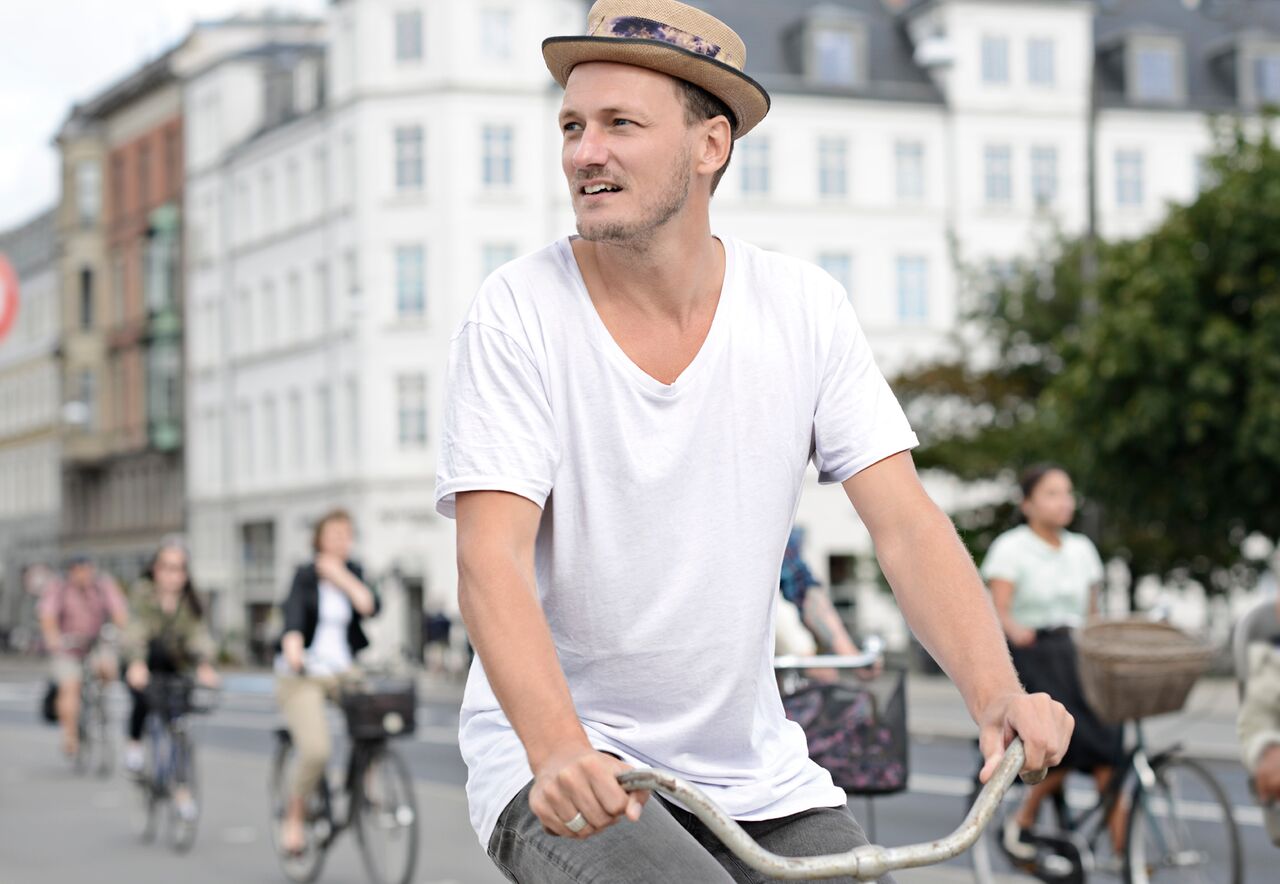
It is the competitive edge. Before, it was all about selling… pushing the product. For once, we can compare an iPhone with a Samsung phone or the other one, and I can say that this brand is using the recyclable material. And that is all thanks to social media and internet being there to make this power shift. Now, brands do not hold the power. We have the power.
Now, brands do not hold the power. We have the power. Every time we see a brand that we don’t like, we should complain.
Every time we see a brand that we don’t like, we should complain. A Chinese passenger when dragged off the plane because United Airlines was overbooked. His video went viral and its stock fell by 3%, which is massive value. It is the time that we voice out and brands got to start acting.
Anju: Sometimes it is very hard to make people understand the concepts of sustainability and build campaigns around that. It prompts me for something like Robinhood advertising, where you gain from the big businesses as they say, but make your own good campaigns for the environment and the community. Sometimes the power is also with the small business owners or solopreneurs which can pitch for the Green branding?
Thomas: Earlier, brands used to be like the “one- talking to many” and they dominated the media space. What’s good about the current scenario is that they got to talk about what “people care about” and why sustainability is so important because it involves everything that we care about- our lives, our children, safety on streets etc. So the campaigns created are peer to peer i.e. “many to many” based on social media.
Creating more brand awareness today is selling more based on the good that you offer. Smaller brands have an amazing opportunity to do things right. If you are the bigger brands, it will need a lot to change the direction. While smaller companies can be more sustainable and futuristic based on their planning of start point. For example, if you want to create a cosmetic company tomorrow. You can create a 100% sustainable company with no toxins or plastics. And then you give big guys a competition in an altogether new way.
In an Indian market where you have seen a big progression coming in. Your understanding of we are here for heritage and value, you can make a big difference by gaining the edge over the big giants.
Anju: Would you say that Europe is better in terms of Green marketing in many ways compared to the US. Also after the recent move in the Paris Agreement from the US, the gap kind of widens. Your thoughts?
Thomas: There are definitely the value gaps in many ways; the place where I grew up is one of the wealthiest states. It is quite a noble notion that we cannot make a sustainable future if we just do it for the few. Sustainability got to be the future for all. In Denmark, we had free welfare, education, healthcare for everybody. In my school one kid would come from all different backgrounds- a kid’s mother would be drug addict and father would have killed him, but we would still get the same education. It really depends on social structure.
In the US, though they say it is a land of opportunities, it is a much-divided society. It is appalling that14% people are below the poverty line, while it is such a rich country. The gap between the US and Europe is that in Europe, we have “Collective Consciousness” in terms of responsibility. It is an important factor in gaining sustainability. For me, social and economic inequalities need to be solved. If we don’t solve that we can’t succeed. Because the top people will always be on the top and poor people will stay at the bottom.
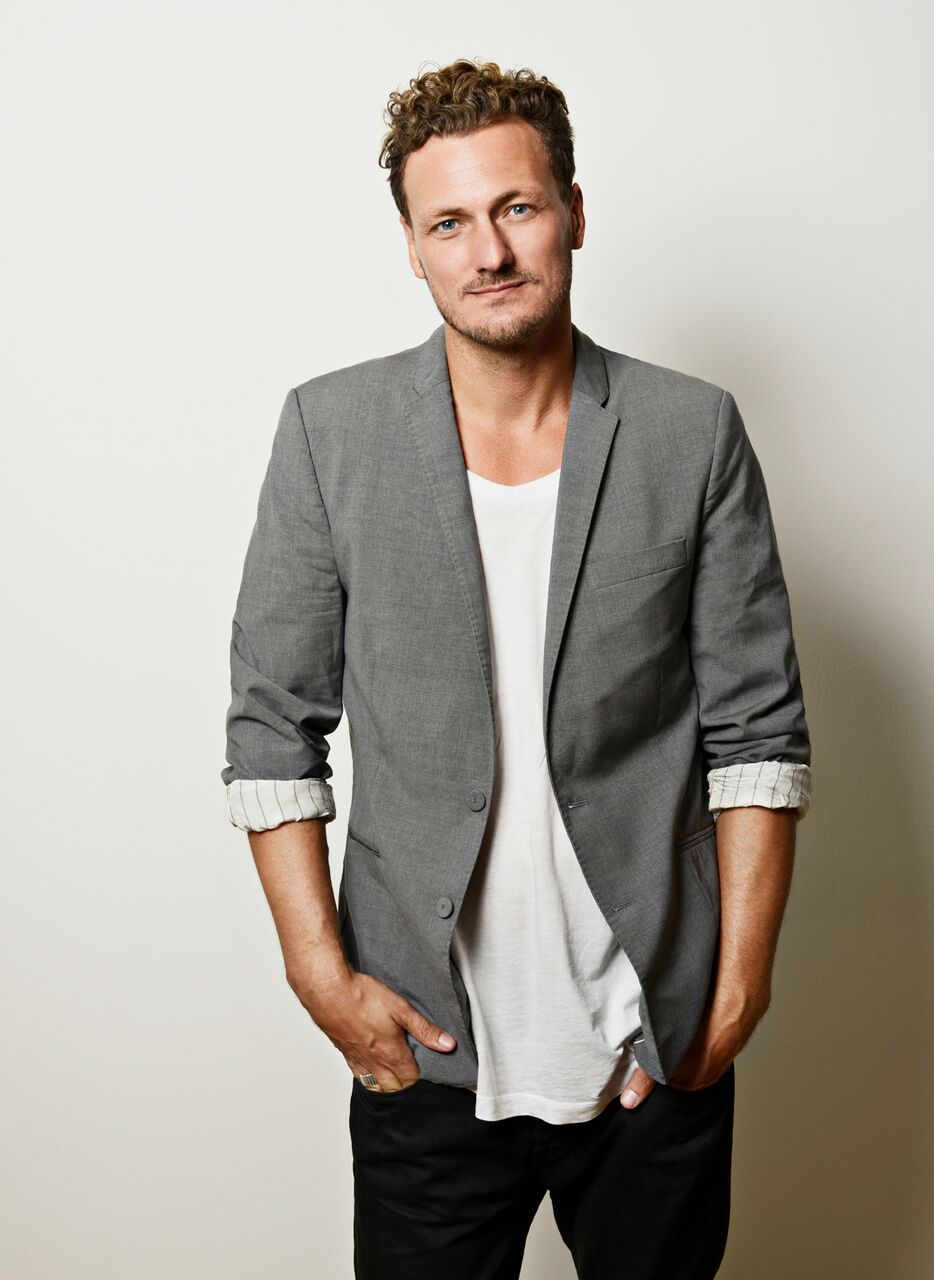
Anju: Globally, what observations do you make for creating a positive message and impact socially? The Sustainable Campaigns for the environment or your community.
Thomas: The positive side of consumerism is that I see in more and more markets today is that sustainable lifestyle is becoming a cool thing slowly and maturely. When I travel, I just take pictures of bicycles. When I grew up it used to be Cadillacs or other luxury cars as a cool thing and be aspirational. When I went to Thailand, I just saw a bicycle on the wall of a café to show that it is something “aspirational.” I think it is a positive thing! The younger generation is more aware, even if they aspire to have more, it would be in a sustainable way. There are positive trends across the globe’.
The challenge with the sustainability or the environmental campaigns is that it often becomes about “Less”. Framing it that way in mindsets does not make it “aspirational” I always like to frame it around “better”- fulfilling lives, better life without chemicals, toxins, safe neighborhood etc.
The problem is that from an advertiser’s point of view, it is much easier to create campaigns for a social issue than environmental campaigns. Such as gender inequality, something for example, “share the load” campaign from India. Social issues are easy because you connect very well with human beings. But environmental campaigns are so difficult. Because it’s not easy to put a face on the environment. For example, using a Polar bear in a campaign does make anyone relate. We need to put different messaging. The real scenarios- a poor boy in Syria or like people fight over water in In India that is the truth of climate change – extreme flooding, drought. Marketers need to be better.
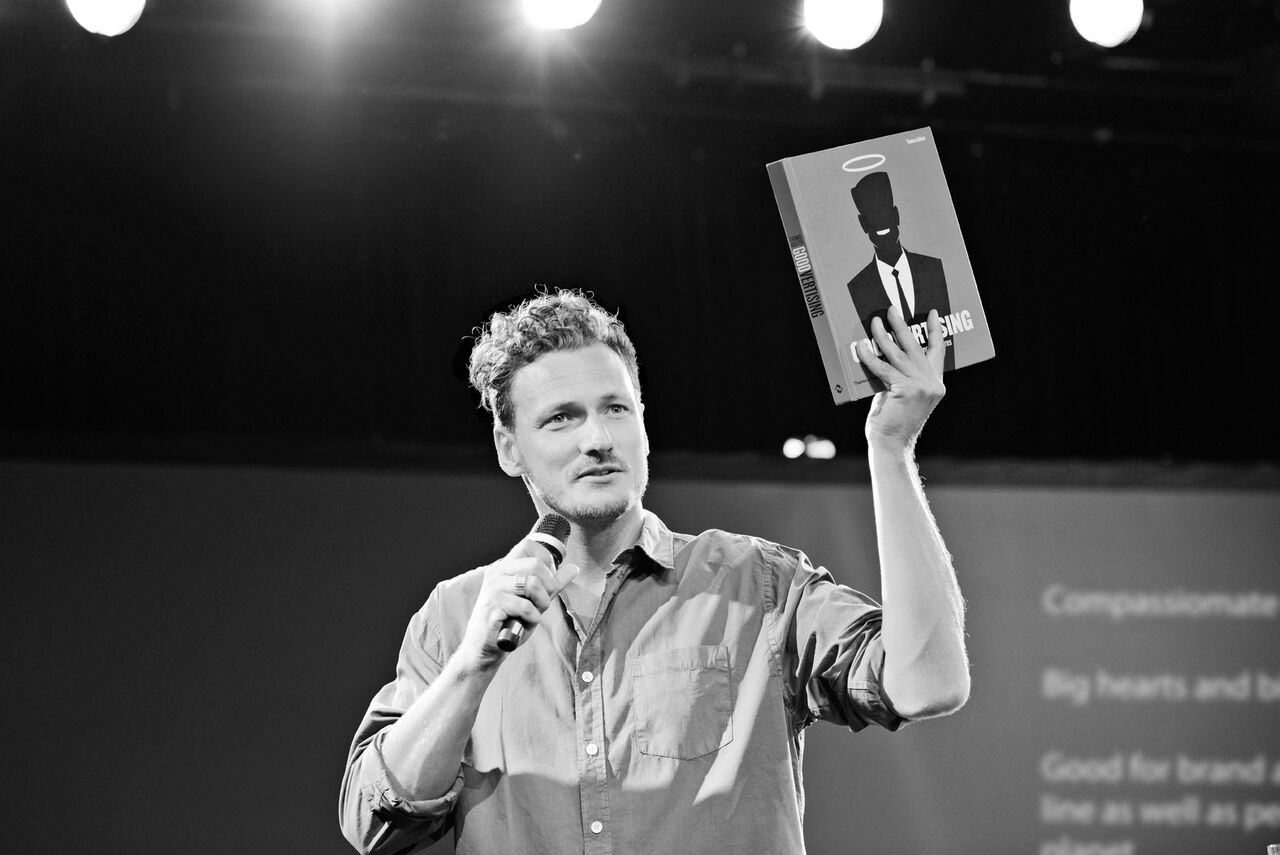
Anju: Many times people misunderstand Sustainability as something meant only for Environment. Some organizations may just do some kind of Charity and still go on advertising without understanding the holistic meaning. May be due to not having the right agency or lack of identifying a direct connect.
Thomas: Charity is not bad as it’s the first approach to cause marketing. As per new Indian regulation, every company has to give 2% to charitable causes or CSR. Endorsing something is a good start to payback. At the same time, it is very urgent that businesses realize that their long-term livelihood, not just as a brand depends on the complete ecosystem.
I worked on a project where they were not able to operate if they did not have water. They had to get water in a sustainable way. How can we a create a circle of mindsets? I call it “kicking the puppy.” When the brands realize if they are doing wrong they are kicking the puppy and they would be more sensitive like using 10% less recycled material in the packaging, but then they are still kicking the puppy. So the mindset around goes that we are still doing badly, we are still kicking the puppy. This is really going around what we call as “Net positive.” Forward looking Businesses today actually not only minimize but have a positive impact on the planet. They talk about re-growing the forests that we cut down. For me, that is a fascinating discussion.
The minimization is interesting. Look at the sachets in India. The amount of packaging that goes there. It is disgusting that you buy a small thing with the same amount of packaging. The company can get rid of that with a more win-win proposition saving energy and offering value to customers. They need to develop the inherent business value in a more circular way.
Anju: Your favorite impactful campaigns which are truly also the Green brands? Which are the Sustainable campaigns that you reckon from India, or the Campaigns from around the world?
Thomas: Yes, for me it is more about a global perspective. In my book, I had shared with my research team that I want campaigns from all over the world. There are a couple of Indian ones that I like. #Sharetheload, men should also take part in doing laundry. Lifebuoy’s health awakening campaign #HelpAChildReach5 soap handwashing for rural India is quite good. There is also the Volvo painted the bicycles white for the night riding. But the fact is that the marketers have to do more real stuff than the gimmicks. Because gimmicks don’t really work very well. It should not be just about the moving campaign, but it got to be a continuous push. Also for the reason that a campaign may not resolve the whole thing and it may take decades for the resolution.
There needs to be an authentic purpose behind doing it. Because they have a higher purpose in Indian society. The story of change- people look up to you for giving that value.
Anju: With the role as a Goodvertiser, you are an Influencing leader. It may be gratifying, but what about the viability in terms of financials?
Thomas: I have always had two simple business principals- “Be Nice and Have fun”. If you do that you will do alright. If you do something that puts a smile on your face every day, money is going to follow inevitably. If you do it the other way round, you may be exhausted with no authenticity.
The responsibility of being a critique or leader is something that I do not take very lightly. I think what is important for me is not always to be right, but always criticize what’s being done today. Because more people need to stand up and do that for the current model. For years, I think I was too shy and may be not aware of my role. It’s important that people realize that no matter wherever you are- you can make an Impact. I feel that people like you and I have a massive opportunity.
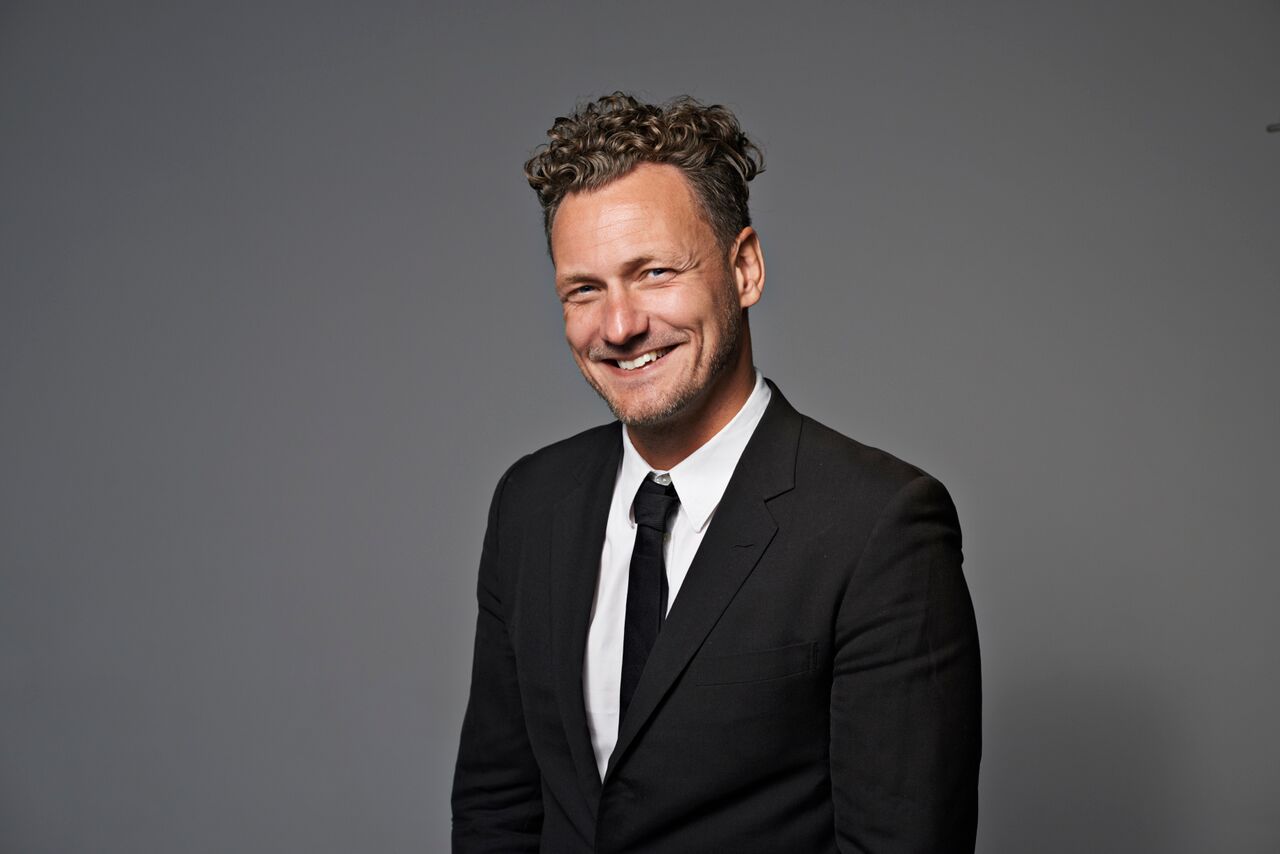
There was a frustrated Muslim student with the remarks that Muslim women receive for using the hijabs. People assume that they are oppressed or ask questions that they may be uncomfortable looking different. The answer to all that was that she created The Hijarbie – the Barbie doll line with designs of Hijabs
Nobody is born with the purpose. It is something that you develop in due course to create an impact. You do the stuff that you are doing.We don’t do it for money. There is also a big personal loss- we do not get quality time with friends and family. But the price is worth paying for!
